
"There is a pre-established harmony between thought and reality. Nature is the art of God." - Gottfried Willhelm Leibniz
164 posts
Latest Posts by mariaagnesi-fangirl-blog - Page 5
“I am among those who think that science has great beauty. A scientist in his laboratory is not only a technician: he is also a child placed before natural phenomena which impress him like a fairy tale.”
— Marie Curie (via onequoteperday)
153 - A Narcissistic Number
153 is a narcissistic number–a number that can be generated from its own digits (so it’s obsessed with itself? hence the narcissism?) like so:

More precisely, a narcissistic number is a natural number that is the sum of its own digits each raised to the power of the number of digits. So since 153 has 3 digits, each digit is cubed and then summed together. There are only four 3-digit narcissistic numbers:



A very interesting thing about narcissistic numbers is that, unlike may other sets of numbers (e.g., even/odd numbers, prime numbers, triangular numbers, etc.), there are only finitely many of them. In base 10, there are only 88 (10 of them being the 1 digit numbers). The largest narcissistic number has 39 digits, this guy:
115,132,219,018,763,992,565,095,597,973,971,522,401
Why is this? Essentially, the sum cannot keep up with the size of the number. More info here: https://en.wikipedia.org/wiki/Narcissistic_number

St Constantine Ukranian Catholic Church, Minneapolis, Minnesota


Home is where the Eucharist is ❤️
Catholic Aesthetics
Irish Catholic: Green vestments, Celtic crosses, St Patrick, Old stone monastery's, Friars
Mexican Catholic: Our Lady of Guadeloupe, rosaries, Spanish bibles, baptisms
Roman Catholic: Gold chalices, Nuns, Sistine Chapel, Swiss Gaurds, Latin Masses
Polish Catholic: Priests in black, St Faustina, Divine Mercy Paintings, Confessionals
Eastern Catholic: Icons, stained windows, cool hats

Belarusian Greek Catholics celebrate the Divine Liturgy in a forest. 1930s.





Differentiation and Development
In this class, we observed (in the microscope) the main stages of the chicken embryonic development: 24h, 33h, 56h, 72h and 96h respectively.









The First Woman In Space Turns 80, And You Probably Never Heard Of Her
“Her flight into space, at age 26, is still the record for youngest female astronaut/cosmonaut. Aboard Vostok 6, her rendezvous with Vostok 5 cosmonaut Valery Bykovsky made them the first cosmonauts aboard different vessels to communicate in space. In cosmonaut history, only Yuri Gagarin and Alexey Leonov are more revered.”
Sally Ride was the first American woman in space, launched aboard the space shuttle Challenger in 1983 amidst controversy. At 32, she was the youngest astronaut in history, surrounded by questions such as “will it ruin her reproductive organs,” “what if she’s menstruating” and “will she weep if something goes wrong on the job?” But 20 years prior, cosmonaut Valentina Tereshkova proved that women had every bit as much mettle and ability as the men. Tereshkova’s 1963 flight – which she piloted, orbited Earth 48 times in, and even had the first spacecraft-to-spacecraft communication in – demonstrated that women could withstand and function in space just as well as men. She was only 26 at the time, still a global record for women in space. Her incredible life in the military, in politics and as an ambassador for space exploration continues to this day, on which she celebrates her 80th birthday.
Come get the whole story – as much as fits in 200 words – on Valentina Tereshkova as part of today’s Mostly Mute Monday.

First woman in space, Valentina Tereshkova, at home with her daughter Alena (1965).







now is the day of salvation
“People can’t anticipate how much they’ll miss the natural world until they are deprived of it. I have read about submarine crewmen who haunt the sonar room, listening to whale songs and colonies of snapping shrimp. Submarine captains dispense “periscope liberty” - a chance to gaze at clouds and birds and coastlines - and remind themselves that the natural world still exists. I once met a man who told me that after landing in Christchurch, New Zealand, after a winter at the South Pole research station, he and his companions spent a couple of days just wandering around staring in awe at flowers and trees. At one point, one of them spotted a woman pushing a stroller. “A baby!” he shouted, and they all rushed across the street to see. The woman turned the stroller and ran. Nothing tops space as a barren, unnatural environment. Astronauts who had no prior interest in gardening spend hours tending experimental greenhouses. “They are our love,” said cosmonaut Vladislav Volkov of the tiny flax plants - with which they shared the confines of Salyut 1, the first Soviet space station. At least in orbit, you can look out the window and see the natural world below. On a Mars mission, once astronauts lose sight of Earth, they’ll be nothing to see outside the window. “You’ll be bathed in permanent sunlight, so you won’t eve see any stars,” astronaut Andy Thomas explained to me. “All you’ll see is black.””
— Mary Roach. Packing for Mars: The Curious Science of Life in the Void. (via hummeline)

The phases of Venus as it orbits the Sun, illustrated by John Emslie in Astronomical Diagrams, 1851.
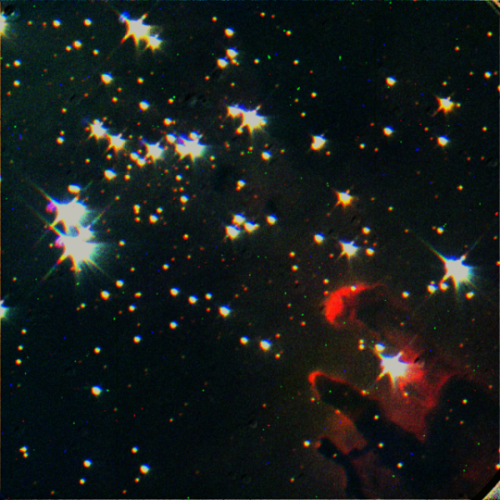
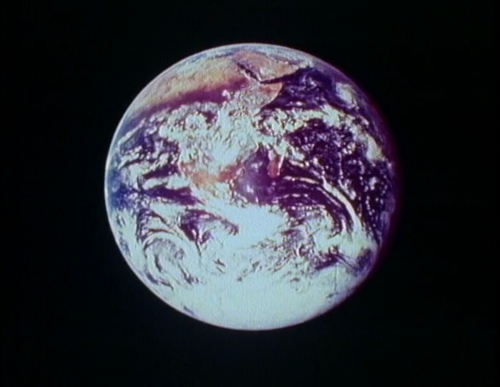
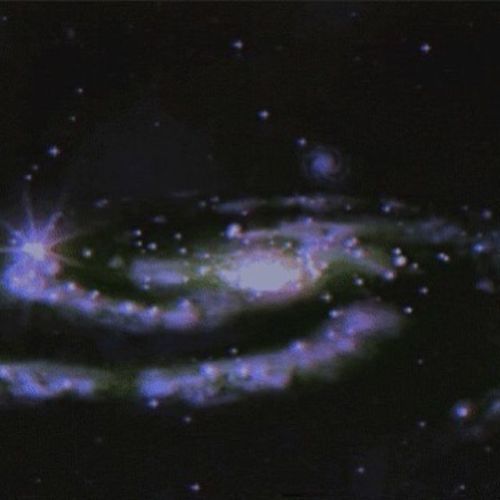

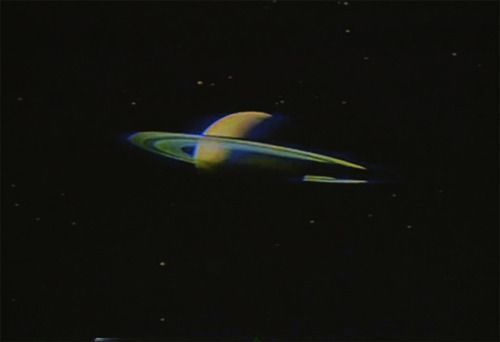

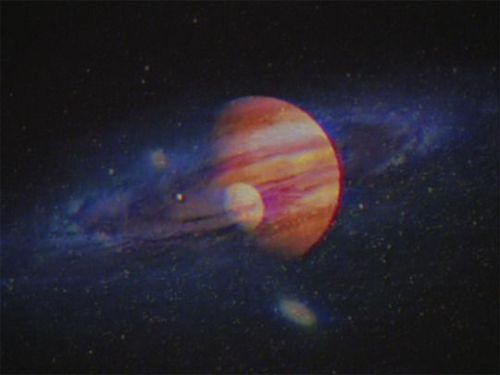

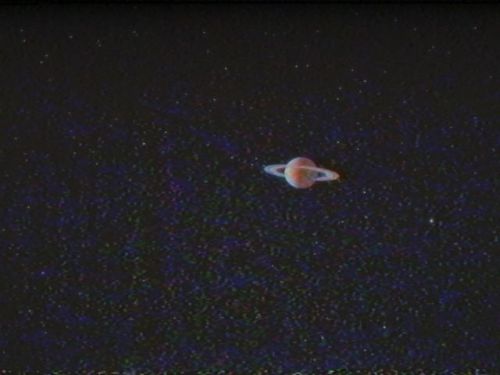
Space

Europa’s Stunning Surface (desktop/laptop) Click the image to download the correct size for your desktop or laptop in high resolution
What were astronauts like when they first returned from outer space? Nurse Dee O'Hara: ‘They have something, a sort of wild look, I would say, as if they had fallen in love with a mystery up there, sort of as if they haven’t got their feet back on the ground, as if they regret having come back to us… a rage at having come back to earth. As if up there they’re not only freed from weight, from the force of gravity, but from desires, affections, passions, ambitions, from the body. Did you know that for months John [Glenn] and Wally [Schirra] and Scott [Carpenter] went around looking at the sky? You could speak to them and they didn’t answer, you could touch them on the shoulder and they didn’t notice; their only contact with the world was a dazed, absent, happy smile. They smiled at everything and everybody, and they were always tripping over things. They kept tripping over things because they never had their eyes on the ground.’
Craig Nelson, Rocket Men: The Epic Story of the First Men on the Moon (via m-l-rio)

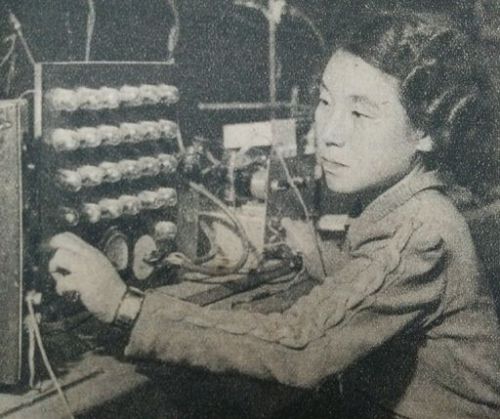
Toshiko Yuasa, 1947. Yuasa was a nuclear physicist who worked in France at the Centre national de la recherche scientifique, and published a 1954 article warning of the dangers of hydrogen-bomb testing at Bikini Atoll.

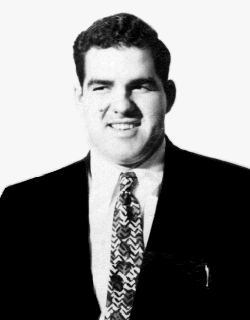

Tickling the Dragon’s Trail with the Demon Core
“Gentleman, what we have here is the most powerful force ever created by mankind. Lets poke at it with a screwdriver.”
—Louis Slotin, Los Alamos laboratory
After World War II the scientists at Los Alamos laboratory found themselves in possession of a spare core originally intended for a nuclear bomb. Nicknamed ‘“Rufus” the core would have been detonated as part of a third nuclear bomb dropped on Japan, however the Japanese surrendered before the bomb could be assembled. Instead the 89mm (3.5 inch) diameter sphere of plutonium-gallium was reserved for scientific testing, in particular criticality experiments.
Critical mass is the minimum amount of mass needed for a fissile material to sustain a nuclear chain reaction. When a fissile material reaches critical mass, it becomes “supercritical”, where it releases a large amount of energy. Rufus was 5% subcritical, thus scientists thought it was ideal for use in criticality experiments. The experiment was designed to simulate critical mass by surrounding the core with neutron reflectors, in this case tungsten carbide bricks. The bricks would deflect released neutrons back into the core, increasing it’s reactivity. Completely surrounding the core would cause it to go supercritical, an event which was to be avoided because it would release a burst of neutron radiation that could kill everyone in the room. Essentially the purpose of the experiment was to see how much nuclear material could be added to the core before it would go supercritical, and measure how much energy is released in the process.
On August 21st, 1945 physicist Harry K. Daghlian Jr. (pictured above left)was conducting a criticality experiment with Rufus when he accidentally dropped a tungsten carbide brick on the core. The core went supercritical, releasing a burst of neutron and gamma radiation while bathing the room in a bright blue light. Daghlian promptly responded by removing the brick from core, causing his hand to instantly blister from the radiation.

Daghlian had received a deadly dose of radiation, resulting in his death 25 days later. An accompanying guard, Army Private Robert J. Hemmerly, was sitting at a desk 12 feet away but seemed unharmed by the accident, although he would die 33 years later from leukemia.
After the accident, Rufus was renamed, “The Demon Core”. A new procedure was designed to make the experiment “safer”, which was designed by physicist Louis Slotin (pictured above, right). The new procedure involved the core sitting between two beryllium half spheres. A screwdriver was jammed in between the two half spheres, creating a gap through which neutrons could escape. The screwdriver was used to manipulate the half spheres, raising or lowering them to increase or decrease the size of the gap, thus increasing or decreasing the reactivity of the core. If the two half spheres completely enclosed the core, it would go supercritical.

If this sounds completely bonkers, you probably have more common sense than the brilliant physicists who conducted these experiments. In fact the experiment was named “Tickling the Dragon’s Tail”, based on a remark by physicist Richard Feynman who compared the experiment to “tickling a sleeping dragon”. Slotin was certainly aware of the dangerous nature of the experiment, he had been at Daghlian’s bedside when he had died. The famed physicist Enrico Fermi had warned Slotin that if he continued these criticality experiments, he would be dead within a year.
On May 26th, 1946 Slotin was conducting a criticality experiment with the demon core when he lost control of his screwdriver, causing the beryllium sphere to close. The incident is almost perfectly re-enacted in the 1989 film “Fat Man and Little Boy”,
Louis Slotin died of acute radiation poisoning nine days later. Of the other seven people in the room, two would die of cancer years later, although it is unknown whether the accident contributed to their deaths.
After these two criticality accidents new experiments were designed which used remote controlled machines and cameras. The Demon Core was melted down and recycled into other cores.

The view from Gemini 12 on this day in 1966.


Galilean moons Europa, Callisto, and Io pass in front of Jupiter. Photo of this rare triple-moon conjunction taken by the Hubble Space Telescope
js

Solving ODEs with discipline, call that Stern Liouville Theory

The Milky Way, the International Space Station and Earth

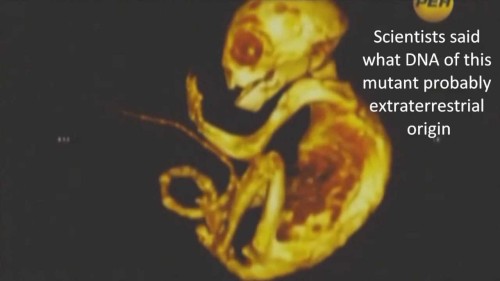


Kurzgesagt on Neutron Stars – The most extreme things that are not black holes